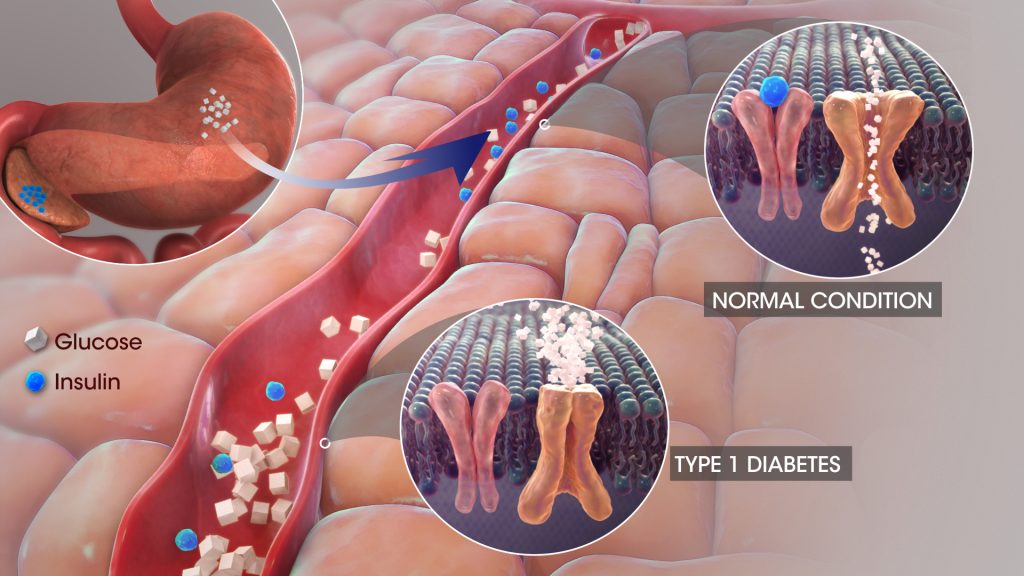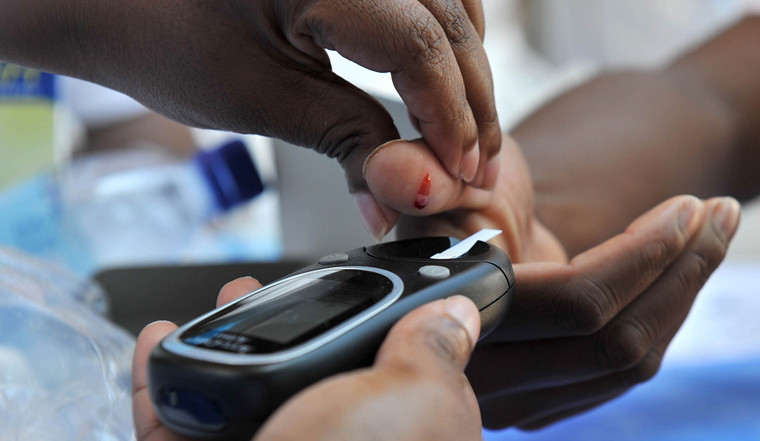Diabetes is a disease in which the blood glucose level of the affected person is higher than normal.

Diabetes is a disease in which the blood glucose level of the affected individuals is higher than normal. Due to this, the risks of heart diseases and its complications are always looming over the head. History shows that diabetes also started in our neighboring country in the second century. A Veda of that time not only diagnosed it, but also classified it into type 1 and type 2 diabetes, but in the nineteenth century this classification was rejected and according to the new classification that came out, diabetes was divided into two types, insulin-dependent diabetes IDDM (Insulin Dependent Diabetes Mellitus) and non-insulin-dependent diabetes NDDM (Noninsulin Dependent Diabetes Mellitus).
The classifiers had in mind that IDDM patients would have to take insulin forever, which was correct, while NDDM patients would have to use pills to control diabetes for life. However, it was observed that after a few years, the pills became ineffective in NDDM patients, as a result, they had to take insulin with pills or separately, so that they could control their sugar.
It should be noted that these patients were said to be non-insulin dependent, while they had to resort to insulin to control sugar. In this regard, these two types of diabetes were proven wrong, so experts divided the early classification of diabetes into type 1 diabetes and type 2 diabetes, but experts were not satisfied with the fact that there were only two types of diabetes, so a series of investigations were carried out in this regard, as a result of which there are strong possibilities of more types of diabetes emerging in the future.
The following is a detailed description of this.
If we ask someone how many types of diabetes there are, the majority will answer that there are two basic types of diabetes. Diabetes type 1 and type 2, which is correct. Recent research on diabetes suggests that diabetes, which is a chronic condition, cannot be so simple that it can be divided into type 1 and type 2 alone.
A large study on diabetes has indicated that there should be five types of diabetes. This study included 15,000 patients. These were people who had recently been diagnosed with diabetes. The factors that were looked at in this study included age, body mass index (BMI), level of metabolic control, the presence of antibodies to beta cell cells and insulin resistance.
The results of this study will not only play an important role in understanding the underlying factors found for diabetes, but also in better and more individualized treatment along with the complications of diabetes.
Severe autoimmune diabetes
This is the first type of diabetes, which is called SAID (Severe Autoimmune Diabetes). It should be noted that this is called type one diabetes.
The immune system of patients suffering from this type destroys the beta cells of the pancreas. Beta cells actually produce insulin. In this type of diabetes, the sugar level has to be checked a little more and along with daily sugar checks, insulin injections are required two or three times. Insulin is the first and last treatment for this type.
Severe insulin-deficient diabetes
Severe insulin-deficient diabetes, which is called SIDD, or Severe Insulin-Deficient Diabetes.
People with this type are similar to type 1 diabetes. Patients with this type were not overweight, but their bodies were not producing enough insulin to control sugar. When antibodies against beta cells were seen in them, they were not present, unlike type 1 diabetes. In this type of diabetes, the insulin-producing cells themselves were producing less insulin.
People with this group are more likely to lose vision. This type of diabetes is apparently similar to type 1, but oral diabetes medications are used for treatment.
Severe insulin-resistant diabetes
This type of diabetes is called SIRD: Severe Insulin Resistant Diabetes, in which the patient’s body does not respond to the insulin secreted by the pancreas.
People with SIRD are overweight, which is thought to be a major cause of their insulin resistance. These patients are more likely to develop kidney damage and their diabetes treatment plans are also less effective. This means that people with this type of diabetes could benefit from new diagnoses and more effective treatments. This may be revealed by this study.
Mild Obesity-Related Diabetes
This is a middle type of diabetes, called MOD: Mild Obesity-Related Diabetes. People with this type are overweight, but insulin resistance is less than the third type of diabetes, SIRD. The idea is that this type of diabetes is caused by obesity.
Middle-aged diabetes
People with this type of diabetes MARD: Mild Age Related Diabetes tend to be older.
This intermediate type of diabetes occurs in middle age. The advantage of these new types of diabetes will be that diabetes can be treated effectively, because in the present era there are only two types and both are treated separately, but each type has the same treatment. For example, in the initial treatment of type 2 diabetes, pills are prescribed and later insulin or insulin alone is administered along with the pills, while diabetes
All type 1 patients are given insulin only, so in new types, diabetes will be treated according to its cause, so it will be more controlled, which will delay the complications of diabetes.


